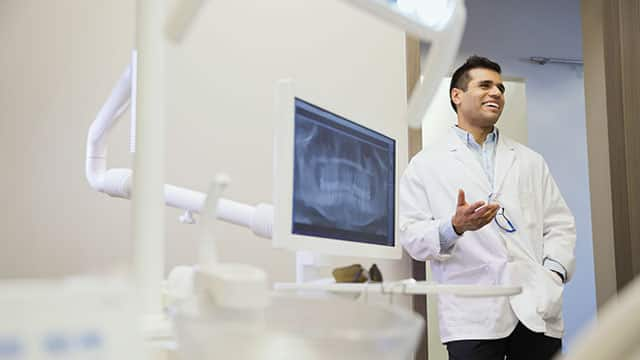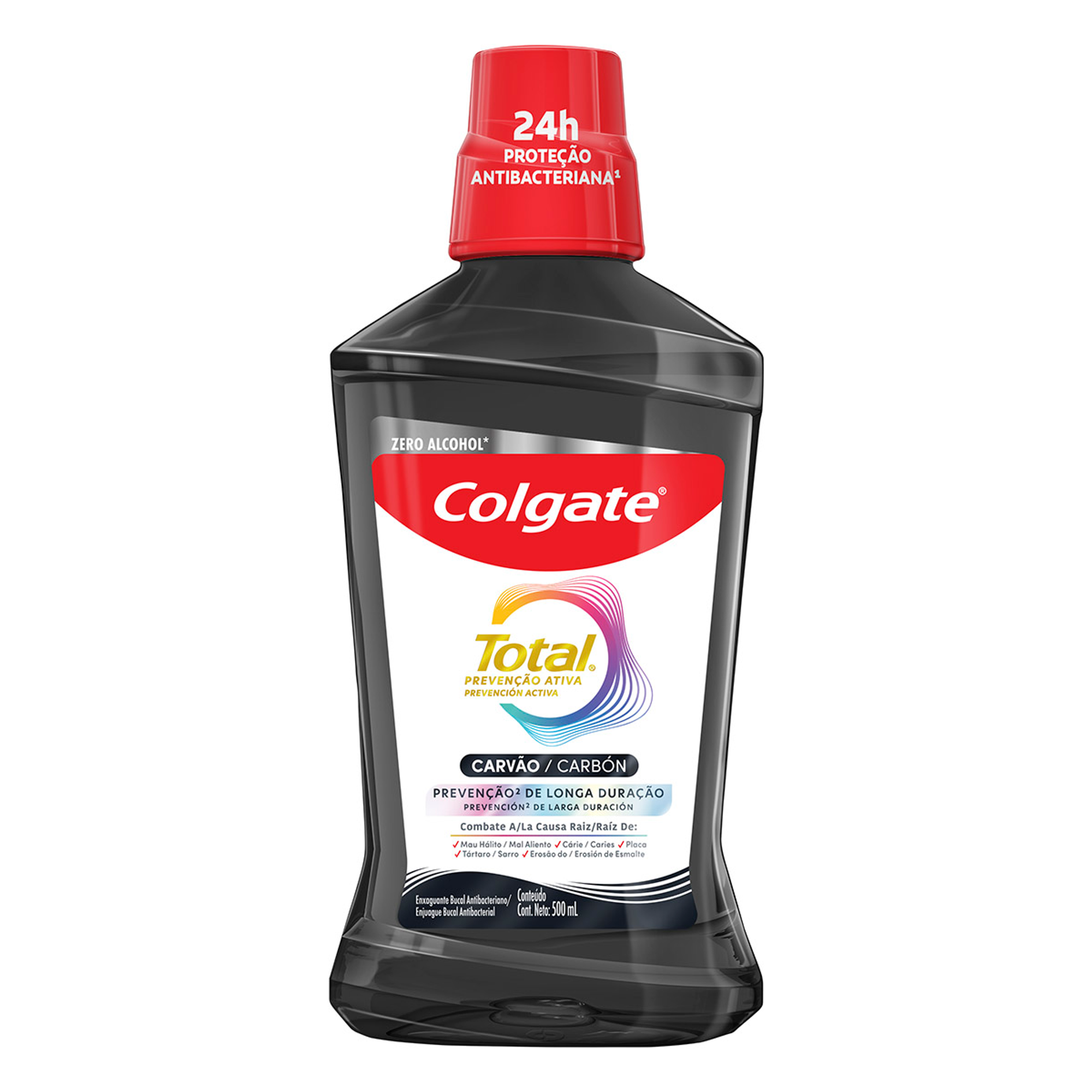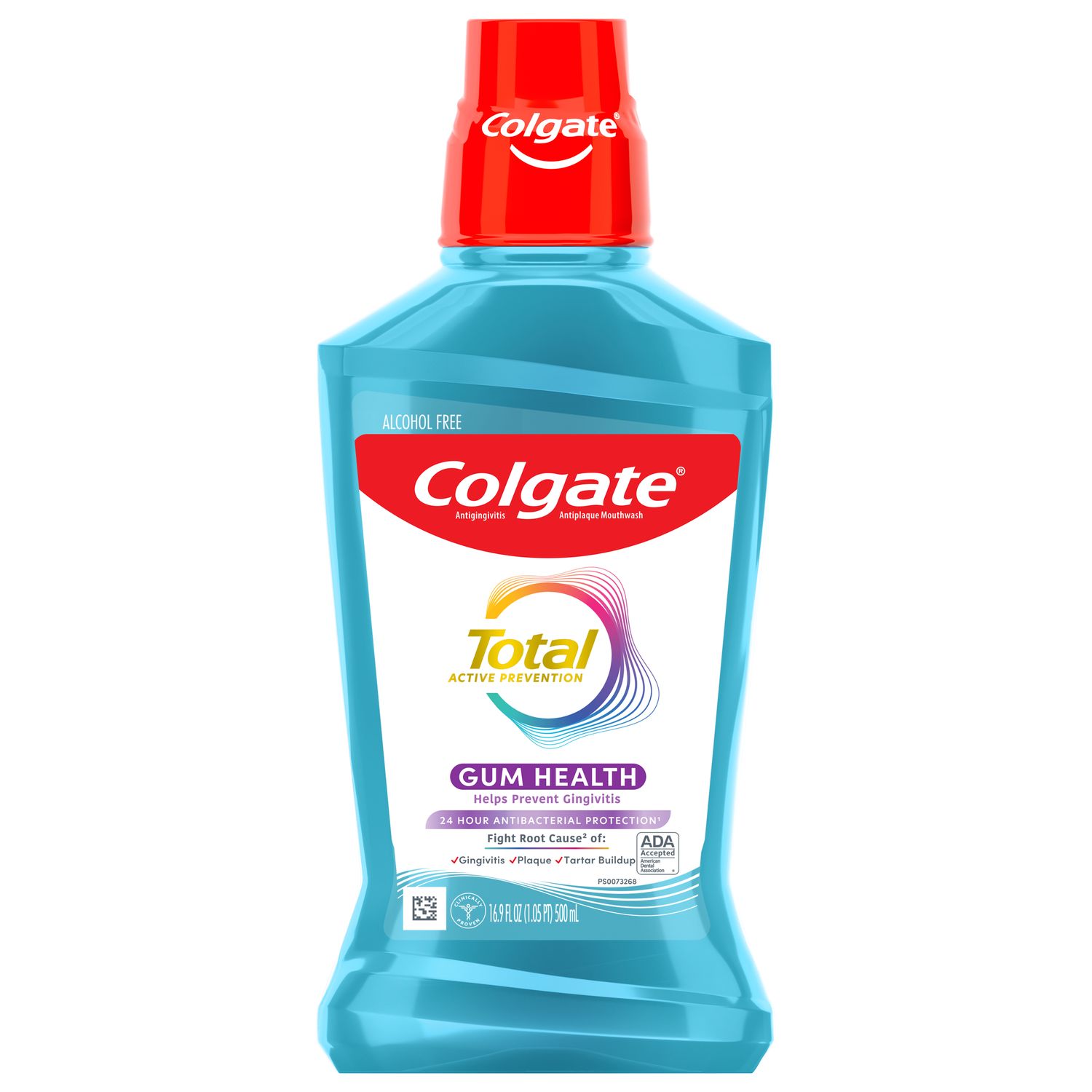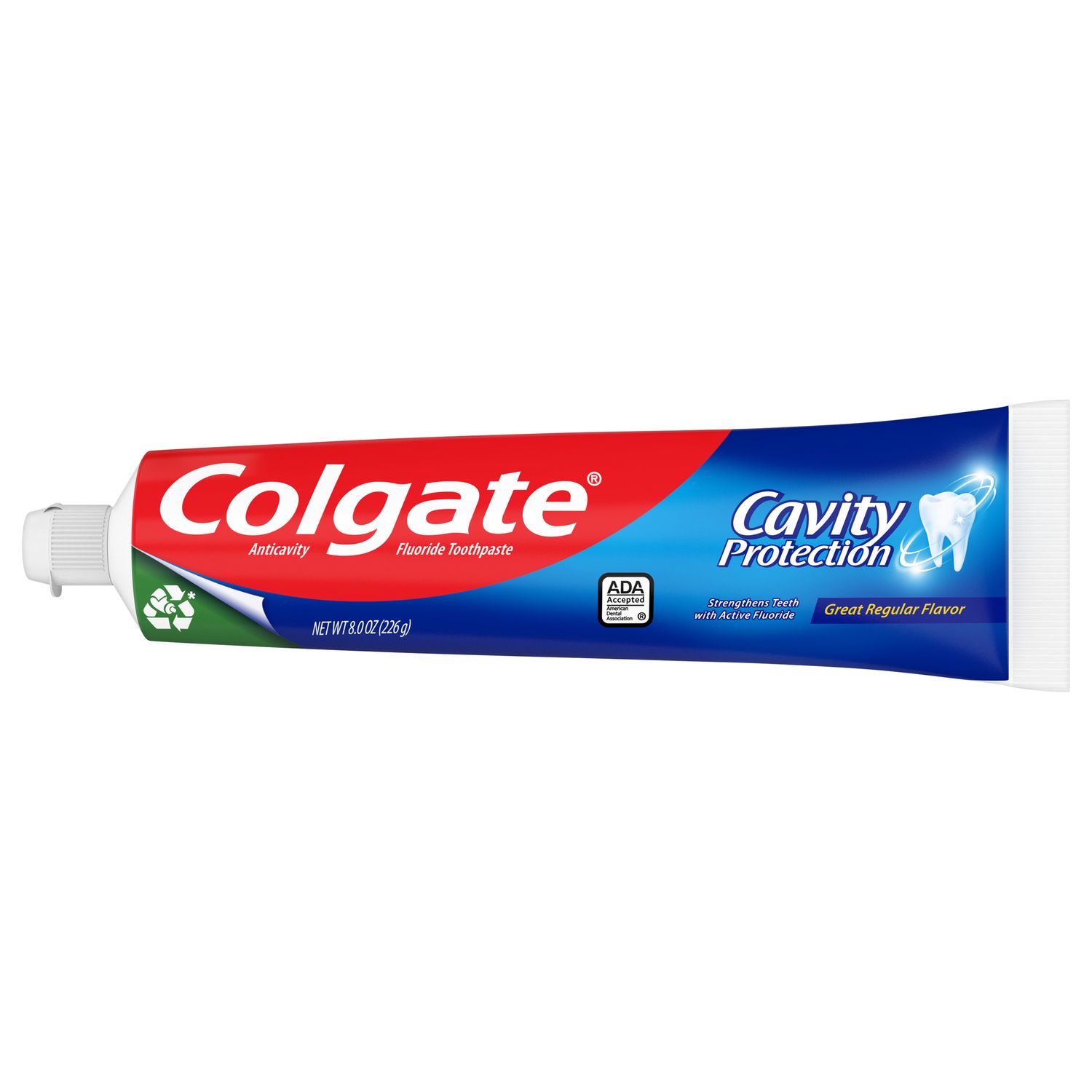Why Do You Need Pulp Cap Treatment?
If decay has not reached the tooth's pulp, your dentist may recommend pulp cap treatment. When plaque biofilm accumulates in the mouth, it first attacks the tooth's hard outer layer (enamel). The enamel covers the softer, bulky material called dentin. Inside the dentin lies the pulp — a soft, non-calcified tissue consisting of blood vessels, nerves, and connective tissue. When decay reaches the pulp, it can cause severe pain and require a root canal or tooth extraction to treat.
In certain situations, the healthy pulp can become exposed from decay or trauma. If the pulp shows no signs of infection, your dental professional can use a pulp cap treatment to restore the tooth.
What Are The Types of Pulp Cap Treatment?
Two types of pulp cap treatment exist, depending on the tooth type and level of decay. Your dental professional may not know the best treatment option until all the decay is removed. Many patients prefer pulp capping because it's less invasive and costly than a root canal. However, you still root canal might be needed even after the pulp cap procedure is completed.
Direct Pulp Caps
Your dental professional will perform direct pulp capping when the healthy pulp becomes completely exposed. This procedure involves:
- Removing decay. The dental professional will drill the cavity and remove any decayed tooth material. They will then thoroughly clean the site.
- Adding sedative material. Once all the decay is removed, the dental professional will use a sedative material to protect the pulp from bacteria until the dentin can repair itself.
- Filling the cavity. Finally, a temporary or permanent filling is placed to strengthen the tooth and allow the patient to chew and bite normally.
Direct pulp capping occurs only on permanent teeth when the pulp becomes exposed. The American Academy of Pediatric Dentistry (AAPD) recommends using a direct pulp cap only on a primary tooth when exposure results from mechanical trauma. If exposure results from decay removal, indirect pulp capping, or a pulpotomy — the partial removal of pulp — is performed instead.
Indirect Pulp Caps
Indirect pulp capping occurs when the pulp tissue is close to the surface but not completely exposed. It usually includes two treatments spaced six to eight months apart. The indirect pulp capping procedure involves:
- Removing decay. The dental professional will remove most decayed tooth material but leaves a small portion to cover the pulp tissue.
- Adding sedative material. Like direct pulp capping, a protective layer of sedative material is applied to the decayed dentin to promote remineralization.
- Filling the cavity. Next, the dental professional will place a temporary filling until you return for your second appointment.
- Evaluating the progress. Six to eight months later, the dental professional will remove the temporary filling to evaluate the healing. In many cases, the previously decayed dentin has regenerated, and any residual decay is removed.
- Providing permanent restoration. Finally, a permanent filling is placed to strengthen the tooth and allow the patient to chew and bite normally.
Typically, your dental professional will recommend indirect pulp capping when you experience no pain, but decay has penetrated the dentin so deeply that removal will expose the pulp. The AADP also recommends indirect pulp capping on almost all primary teeth and young permanent teeth.
What Role Do Sedative Fillings Play in Pulp Caps?
Sedative, or temporary, fillings are commonly used in extensive restoration procedures that require multiple sessions or during pulp capping. The name "sedative filling" comes from its ability to soothe a tooth nerve aggravated by decay. Unlike traditional fillings, the materials used in sedative fillings contain natural properties that aid in the dentin repair process. Each material used in sedative fillings provides certain benefits, and common materials include:
- Calcium hydroxide, which is antibacterial and especially helpful in forming reparative dentin
- Mineral trioxide aggregate (MTA), which acts as a strong sealant and has antibacterial properties
Each material provides both advantages and disadvantages, so your dental professional will select the best option for you.
How Do You Avoid Pulp Cap Treatments?
Though pulp capping can help prevent the more invasive and costly root canal, you want to do whatever you can to avoid tooth decay. Start with creating and following a good dental care routine:
- Brush twice daily with fluoride toothpaste and a soft-bristled toothbrush.
- Clean between your teeth daily with floss or an interdental cleaning device.
- Eat calcium-rich foods and limit sugary snacks and drinks.
- Visit your dentist at least twice a year for oral exams.
By maintaining proper oral hygiene, pulp capping can remain something you only read about. Still, it's reassuring to know that if you need it, a pulp cap treatment might help keep your tooth's pulp alive and well.
Oral Care Center articles are reviewed by an oral health medical professional. This information is for educational purposes only. This content is not intended to be a substitute for professional medical advice, diagnosis or treatment. Always seek the advice of your dentist, physician or other qualified healthcare provider.
ORAL HEALTH QUIZ
What's behind your smile?
Take our Oral Health assessment to get the most from your oral care routine
ORAL HEALTH QUIZ
What's behind your smile?
Take our Oral Health assessment to get the most from your oral care routine














